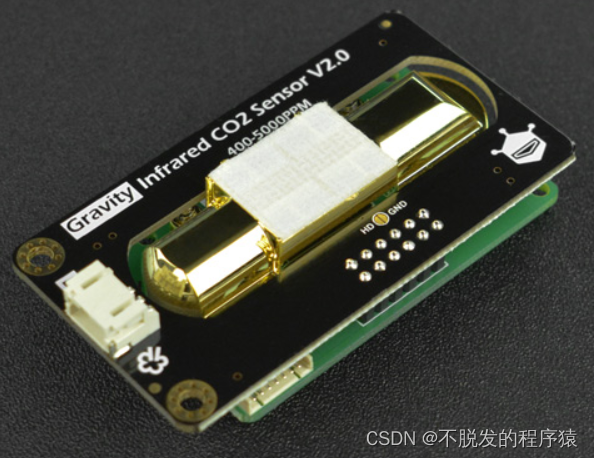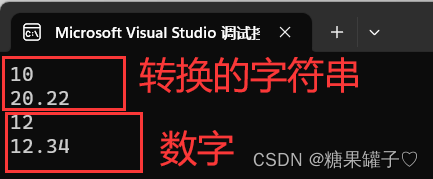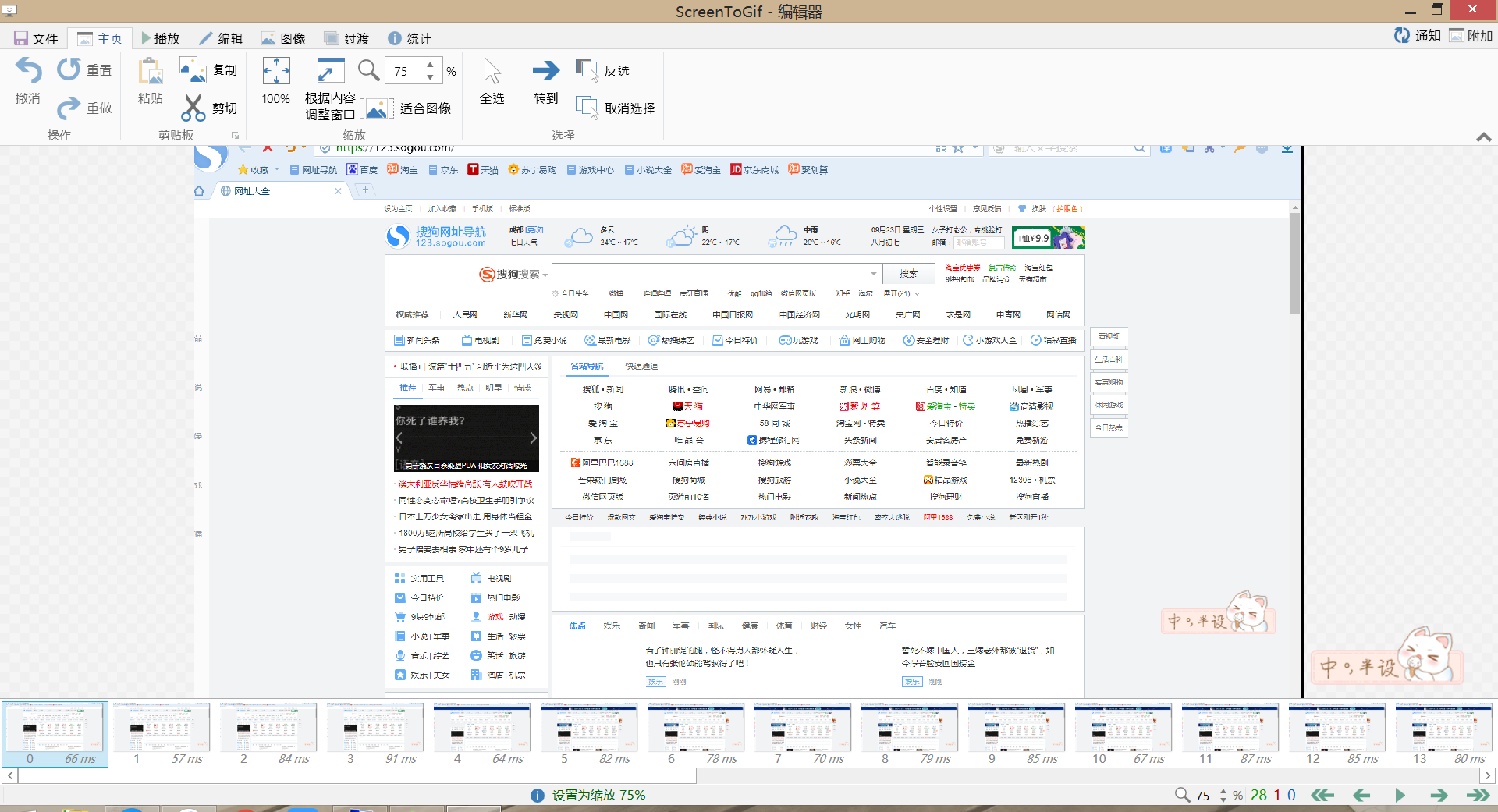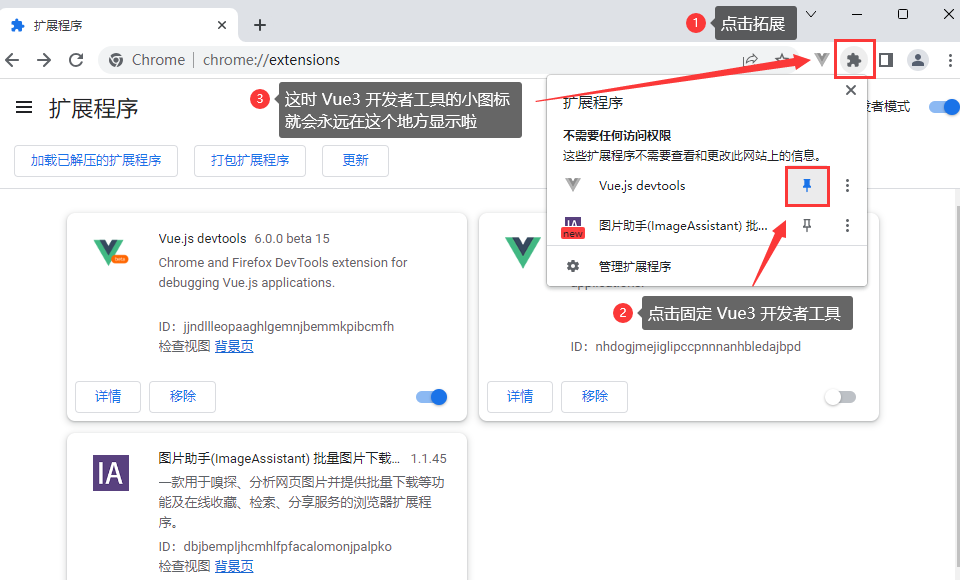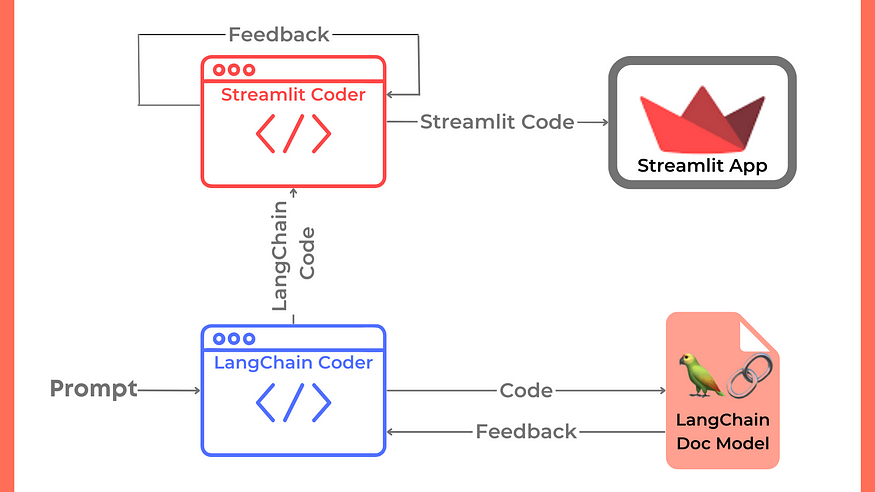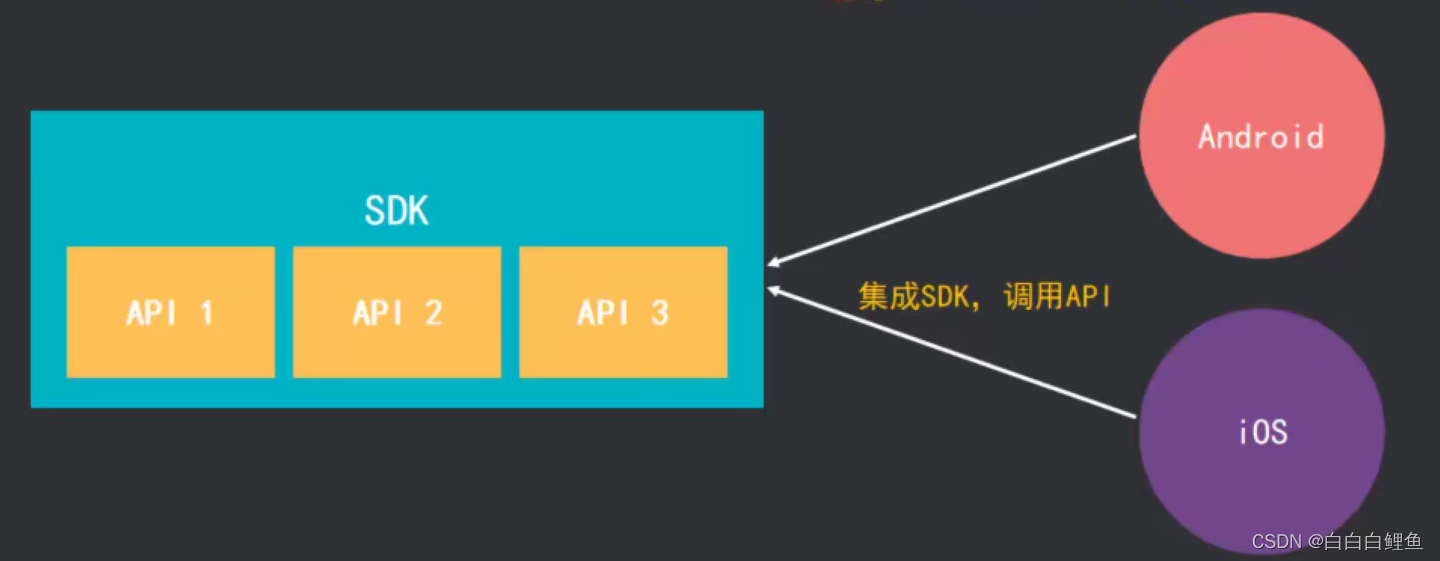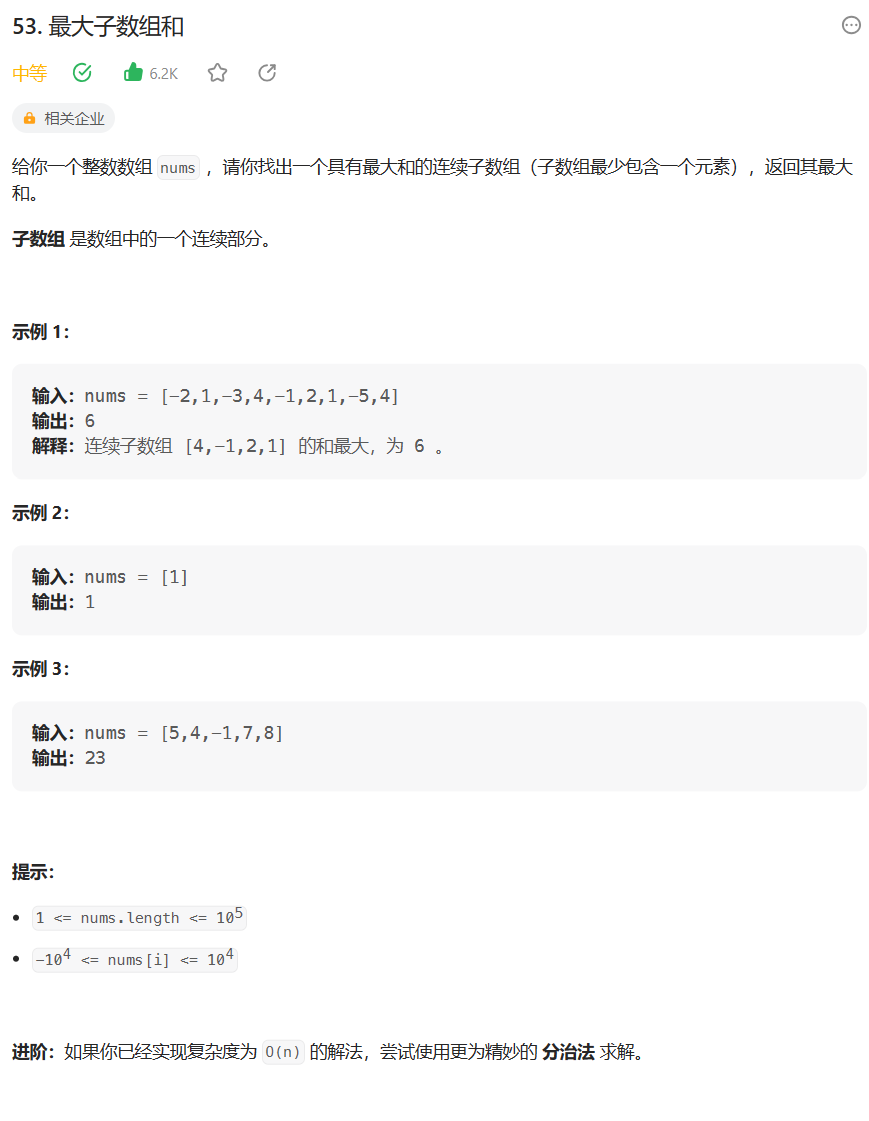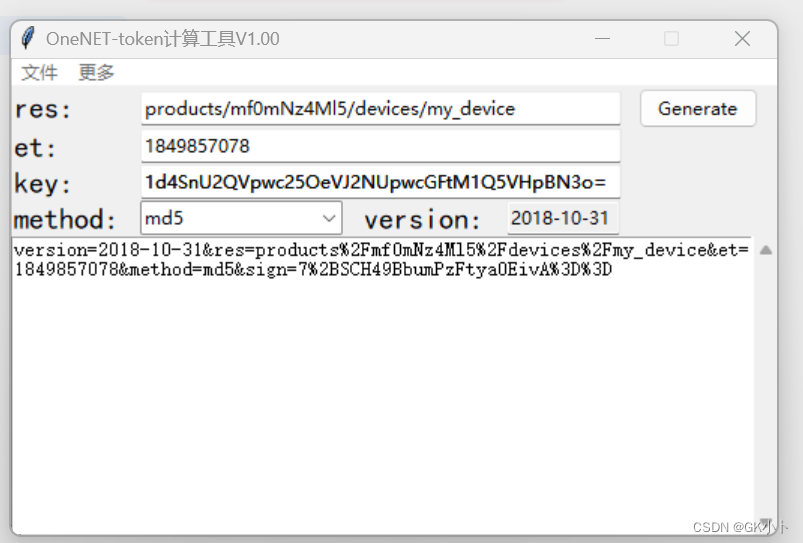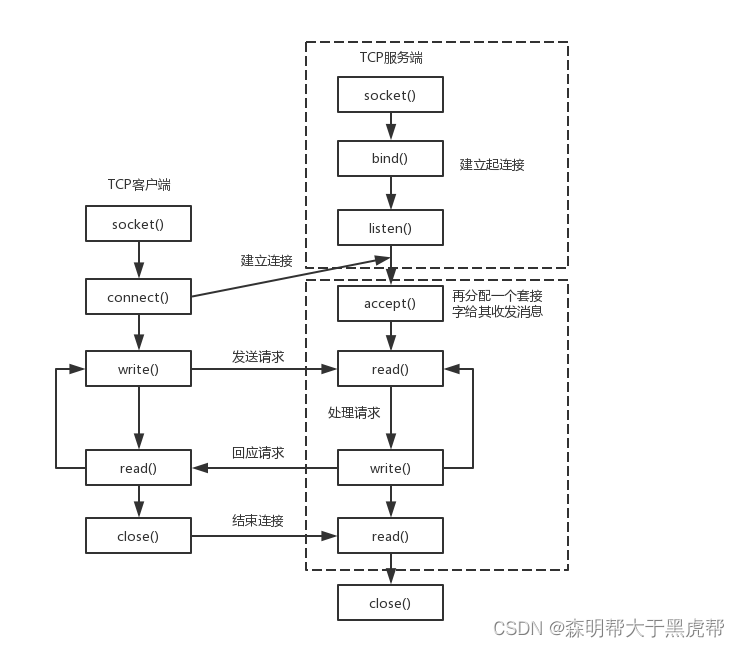整合kafka多数据源
- 项目背景
- 依赖
- 配置
- 生产者
- 消费者
- 消息体
项目背景
在很多与第三方公司对接的时候,或者处在不同的网络环境下,比如在互联网和政务外网的分布部署服务的时候,我们需要对接多台kafka来达到我们的业务需求,那么当kafka存在多数据源的情况,就与单机的情况有所不同。
依赖
implementation 'org.springframework.kafka:spring-kafka:2.8.2'
配置
单机的情况
如果是单机的kafka我们直接通过springboot自动配置的就可以使用,例如在yml里面直接引用
spring:
kafka:
producer:
key-serializer: org.apache.kafka.common.serialization.StringSerializer
value-serializer: org.apache.kafka.common.serialization.StringSerializer
consumer:
key-deserializer: org.apache.kafka.common.serialization.StringDeserializer
value-deserializer: org.apache.kafka.common.serialization.StringDeserializer
bootstrap-servers: server001.bbd:9092
在使用的时候直接注入,然后就可以使用里面的方法了
@Resource
private KafkaTemplate<String, String> kafkaTemplate;
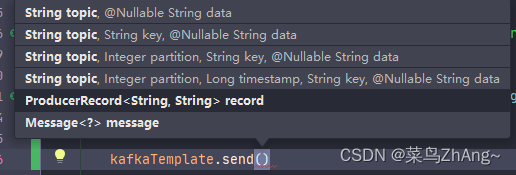
多数据源情况下
本篇文章主要讲的是在多数据源下的使用,和单机的有所不同,我也看了网上的一些博客,但是当我去按照网上的配置的时候,总是会报错 kafakTemplate这个bean找不到,所以没办法只有按照springboot自动配置里面的来改
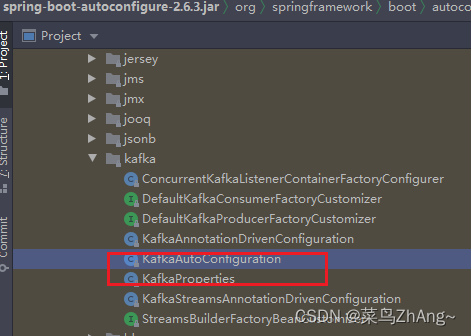
package com.ddb.zggz.config;
import org.springframework.beans.factory.ObjectProvider;
import org.springframework.beans.factory.annotation.Qualifier;
import org.springframework.boot.autoconfigure.condition.ConditionalOnClass;
import org.springframework.boot.autoconfigure.condition.ConditionalOnProperty;
import org.springframework.boot.autoconfigure.kafka.DefaultKafkaConsumerFactoryCustomizer;
import org.springframework.boot.autoconfigure.kafka.DefaultKafkaProducerFactoryCustomizer;
import org.springframework.boot.autoconfigure.kafka.KafkaProperties;
import org.springframework.boot.context.properties.EnableConfigurationProperties;
import org.springframework.context.annotation.Bean;
import org.springframework.context.annotation.Configuration;
import org.springframework.context.annotation.Primary;
import org.springframework.kafka.config.ConcurrentKafkaListenerContainerFactory;
import org.springframework.kafka.config.KafkaListenerContainerFactory;
import org.springframework.kafka.core.*;
import org.springframework.kafka.listener.ConcurrentMessageListenerContainer;
import org.springframework.kafka.security.jaas.KafkaJaasLoginModuleInitializer;
import org.springframework.kafka.support.LoggingProducerListener;
import org.springframework.kafka.support.ProducerListener;
import org.springframework.kafka.support.converter.RecordMessageConverter;
import org.springframework.kafka.transaction.KafkaTransactionManager;
import java.io.IOException;
@Configuration(proxyBeanMethods = false)
@ConditionalOnClass(KafkaTemplate.class)
@EnableConfigurationProperties(KafkaProperties.class)
public class KafkaConfiguration {
private final KafkaProperties properties;
private final KafkaSecondProperties kafkaSecondProperties;
public KafkaConfiguration(KafkaProperties properties, KafkaSecondProperties kafkaSecondProperties) {
this.properties = properties;
this.kafkaSecondProperties = kafkaSecondProperties;
}
@Bean("kafkaTemplate")
@Primary
public KafkaTemplate<?, ?> kafkaTemplate(ProducerFactory<Object, Object> kafkaProducerFactory,
ProducerListener<Object, Object> kafkaProducerListener,
ObjectProvider<RecordMessageConverter> messageConverter) {
KafkaTemplate<Object, Object> kafkaTemplate = new KafkaTemplate<>(kafkaProducerFactory);
messageConverter.ifUnique(kafkaTemplate::setMessageConverter);
kafkaTemplate.setProducerListener(kafkaProducerListener);
kafkaTemplate.setDefaultTopic(this.properties.getTemplate().getDefaultTopic());
return kafkaTemplate;
}
@Bean("kafkaSecondTemplate")
public KafkaTemplate<?, ?> kafkaSecondTemplate(@Qualifier("kafkaSecondProducerFactory") ProducerFactory<Object, Object> kafkaProducerFactory,
@Qualifier("kafkaSecondProducerListener") ProducerListener<Object, Object> kafkaProducerListener,
ObjectProvider<RecordMessageConverter> messageConverter) {
KafkaTemplate<Object, Object> kafkaTemplate = new KafkaTemplate<>(kafkaProducerFactory);
messageConverter.ifUnique(kafkaTemplate::setMessageConverter);
kafkaTemplate.setProducerListener(kafkaProducerListener);
kafkaTemplate.setDefaultTopic(this.properties.getTemplate().getDefaultTopic());
return kafkaTemplate;
}
@Bean("kafkaProducerListener")
@Primary
public ProducerListener<Object, Object> kafkaProducerListener() {
return new LoggingProducerListener<>();
}
@Bean("kafkaSecondProducerListener")
public ProducerListener<Object, Object> kafkaSecondProducerListener() {
return new LoggingProducerListener<>();
}
@Bean("kafkaConsumerFactory")
@Primary
public ConsumerFactory<Object, Object> kafkaConsumerFactory(
ObjectProvider<DefaultKafkaConsumerFactoryCustomizer> customizers) {
DefaultKafkaConsumerFactory<Object, Object> factory = new DefaultKafkaConsumerFactory<>(
this.properties.buildConsumerProperties());
customizers.orderedStream().forEach((customizer) -> customizer.customize(factory));
return factory;
}
@Bean("kafkaSecondConsumerFactory")
public ConsumerFactory<Object, Object> kafkaSecondConsumerFactory(
ObjectProvider<DefaultKafkaConsumerFactoryCustomizer> customizers) {
DefaultKafkaConsumerFactory<Object, Object> factory = new DefaultKafkaConsumerFactory<>(
this.kafkaSecondProperties.buildConsumerProperties());
customizers.orderedStream().forEach((customizer) -> customizer.customize(factory));
return factory;
}
@Bean("zwKafkaContainerFactory")
KafkaListenerContainerFactory<ConcurrentMessageListenerContainer<Integer, String>> zwKafkaContainerFactory(@Qualifier(value = "kafkaSecondConsumerFactory") ConsumerFactory<Object, Object> kafkaSecondConsumerFactory) {
ConcurrentKafkaListenerContainerFactory<Integer, String> factory = new ConcurrentKafkaListenerContainerFactory<>();
factory.setConsumerFactory(kafkaSecondConsumerFactory);
factory.setConcurrency(3);
factory.getContainerProperties().setPollTimeout(3000);
return factory;
}
@Bean("kafkaProducerFactory")
@Primary
public ProducerFactory<Object, Object> kafkaProducerFactory(
ObjectProvider<DefaultKafkaProducerFactoryCustomizer> customizers) {
DefaultKafkaProducerFactory<Object, Object> factory = new DefaultKafkaProducerFactory<>(
this.properties.buildProducerProperties());
String transactionIdPrefix = this.properties.getProducer().getTransactionIdPrefix();
if (transactionIdPrefix != null) {
factory.setTransactionIdPrefix(transactionIdPrefix);
}
customizers.orderedStream().forEach((customizer) -> customizer.customize(factory));
return factory;
}
@Bean("kafkaSecondProducerFactory")
public ProducerFactory<Object, Object> kafkaSecondProducerFactory(
ObjectProvider<DefaultKafkaProducerFactoryCustomizer> customizers) {
DefaultKafkaProducerFactory<Object, Object> factory = new DefaultKafkaProducerFactory<>(
this.kafkaSecondProperties.buildProducerProperties());
String transactionIdPrefix = this.kafkaSecondProperties.getProducer().getTransactionIdPrefix();
if (transactionIdPrefix != null) {
factory.setTransactionIdPrefix(transactionIdPrefix);
}
customizers.orderedStream().forEach((customizer) -> customizer.customize(factory));
return factory;
}
@Bean
@ConditionalOnProperty(name = "spring.kafka.producer.transaction-id-prefix")
public KafkaTransactionManager<?, ?> kafkaTransactionManager(ProducerFactory<?, ?> producerFactory) {
return new KafkaTransactionManager<>(producerFactory);
}
@Bean
@ConditionalOnProperty(name = "spring.kafka.jaas.enabled")
public KafkaJaasLoginModuleInitializer kafkaJaasInitializer() throws IOException {
KafkaJaasLoginModuleInitializer jaas = new KafkaJaasLoginModuleInitializer();
KafkaProperties.Jaas jaasProperties = this.properties.getJaas();
if (jaasProperties.getControlFlag() != null) {
jaas.setControlFlag(jaasProperties.getControlFlag());
}
if (jaasProperties.getLoginModule() != null) {
jaas.setLoginModule(jaasProperties.getLoginModule());
}
jaas.setOptions(jaasProperties.getOptions());
return jaas;
}
@Bean("kafkaAdmin")
@Primary
public KafkaAdmin kafkaAdmin() {
KafkaAdmin kafkaAdmin = new KafkaAdmin(this.properties.buildAdminProperties());
kafkaAdmin.setFatalIfBrokerNotAvailable(this.properties.getAdmin().isFailFast());
return kafkaAdmin;
}
}
生产者
package com.ddb.zggz.event;
import com.alibaba.fastjson.JSON;
import com.alibaba.fastjson.JSONObject;
import com.ddb.zggz.config.ApplicationConfiguration;
import lombok.extern.slf4j.Slf4j;
import org.springframework.beans.factory.annotation.Autowired;
import org.springframework.beans.factory.annotation.Qualifier;
import org.springframework.kafka.core.KafkaTemplate;
import org.springframework.kafka.support.SendResult;
import org.springframework.stereotype.Component;
import org.springframework.util.concurrent.ListenableFuture;
import org.springframework.util.concurrent.ListenableFutureCallback;
import javax.annotation.Resource;
@Component
@Slf4j
public class KafkaPushEvent {
@Resource
private KafkaTemplate<String, String> kafkaSecondTemplate;
@Resource
private KafkaTemplate<String, String> kafkaTemplate;
@Autowired
private ApplicationConfiguration configuration;
public void pushEvent(PushParam param) {
ListenableFuture<SendResult<String, String>> sendResultListenableFuture = null;
if ("zw".equals(configuration.getEnvironment())){
sendResultListenableFuture = kafkaSecondTemplate.send(configuration.getPushTopic(), JSON.toJSONString(param));
}
if ("net".equals(configuration.getEnvironment())){
sendResultListenableFuture = kafkaTemplate.send(configuration.getPushTopic(), JSON.toJSONString(param));
}
if (sendResultListenableFuture == null){
throw new IllegalArgumentException("kakfa发送消息失败");
}
sendResultListenableFuture.addCallback(new ListenableFutureCallback<SendResult<String, String>>() {
@Override
public void onFailure(Throwable ex) {
log.error("kafka发送的message报错,发送数据:{}", param);
}
@Override
public void onSuccess(SendResult<String, String> result) {
log.info("kafka发送的message成功,发送数据:{}", param);
}
});
}
}
消费者
package com.ddb.zggz.event;
import com.alibaba.fastjson.JSONObject;
import com.ddb.zggz.config.ApplicationConfiguration;
import com.ddb.zggz.model.dto.ApprovalDTO;
import com.ddb.zggz.param.OffShelfParam;
import com.ddb.zggz.service.GzApprovalService;
import com.ddb.zggz.service.GzServiceService;
import lombok.extern.slf4j.Slf4j;
import org.apache.commons.lang3.StringUtils;
import org.apache.kafka.clients.consumer.ConsumerRecord;
import org.springframework.beans.factory.annotation.Autowired;
import org.springframework.kafka.annotation.DltHandler;
import org.springframework.kafka.annotation.KafkaListener;
import org.springframework.kafka.annotation.RetryableTopic;
import org.springframework.retry.annotation.Backoff;
import org.springframework.stereotype.Component;
import org.springframework.util.ObjectUtils;
import java.util.ArrayList;
import java.util.List;
import java.util.Objects;
@Component
@Slf4j
public class SendMessageListener {
@Autowired
private GzApprovalService gzApprovalService;
@Autowired
private GzServiceService gzServiceService;
@KafkaListener(topics = "${application.config.push-topic}", groupId = "zggz",containerFactory = "zwKafkaContainerFactory")
@RetryableTopic(include = {Exception.class},
backoff = @Backoff(delay = 3000, multiplier = 1.5, maxDelay = 15000)
)
public void listen(ConsumerRecord<?, ?> consumerRecord) {
String value = (String) consumerRecord.value();
PushParam pushParam = JSONObject.parseObject(value, PushParam.class);
//版本提审
if ("version-approval".equals(pushParam.getEvent())) {
ApprovalDTO approvalDTO = JSONObject.parseObject(JSONObject.toJSONString(pushParam.getData()), ApprovalDTO.class);
gzApprovalService.approval(approvalDTO);
}
//服务下架
if (pushParam.getEvent().equals("server-OffShelf-gzt")) {
OffShelfParam offShelfParam = JSONObject.parseObject(JSONObject.toJSONString(pushParam.getData()), OffShelfParam.class);
gzServiceService.offShelfV1(offShelfParam.getReason(), null, offShelfParam.getUserName(), "ZGGZ", offShelfParam.getH5Id(), offShelfParam.getAppId(), offShelfParam.getVersion());
}
}
@DltHandler
public void processMessage(String message) {
}
}
消息体
package com.ddb.zggz.event;
import com.alibaba.fastjson.annotation.JSONField;
import com.ddb.zggz.model.GzH5VersionManage;
import com.ddb.zggz.model.GzService;
import com.ddb.zggz.model.dto.ApprovalDTO;
import com.ddb.zggz.param.OffShelfParam;
import com.ddb.zggz.param.PublishParam;
import com.ddb.zggz.param.ReviewAndRollback;
import com.fasterxml.jackson.annotation.JsonFormat;
import com.fasterxml.jackson.databind.annotation.JsonDeserialize;
import com.fasterxml.jackson.databind.annotation.JsonSerialize;
import com.fasterxml.jackson.datatype.jsr310.deser.LocalDateTimeDeserializer;
import com.fasterxml.jackson.datatype.jsr310.ser.LocalDateTimeSerializer;
import lombok.Data;
import java.io.Serializable;
import java.time.LocalDateTime;
/**
* @author bbd
*/
@Data
public class PushParam implements Serializable {
/**
* 发送的消息数据
*/
private Object data;
@JsonFormat(pattern = "yyyy-MM-dd HH:mm:ss")
@JsonSerialize(using = LocalDateTimeSerializer.class)
@JsonDeserialize(using = LocalDateTimeDeserializer.class)
@JSONField(format = "yyyy-MM-dd HH:mm:ss")
private LocalDateTime createTime = LocalDateTime.now();
/**
* 事件名称,用于消费者处理相关业务
*/
private String event;
/**
* 保存版本参数
*/
public static PushParam toKafkaVersion(GzH5VersionManage gzH5VersionManage) {
PushParam pushParam = new PushParam();
pushParam.setData(gzH5VersionManage);
pushParam.setEvent("save-version");
return pushParam;
}
/**
* 保存服务参数
*/
public static PushParam toKafkaServer(GzService gzService) {
PushParam pushParam = new PushParam();
pushParam.setData(gzService);
pushParam.setEvent("save-server");
return pushParam;
}

